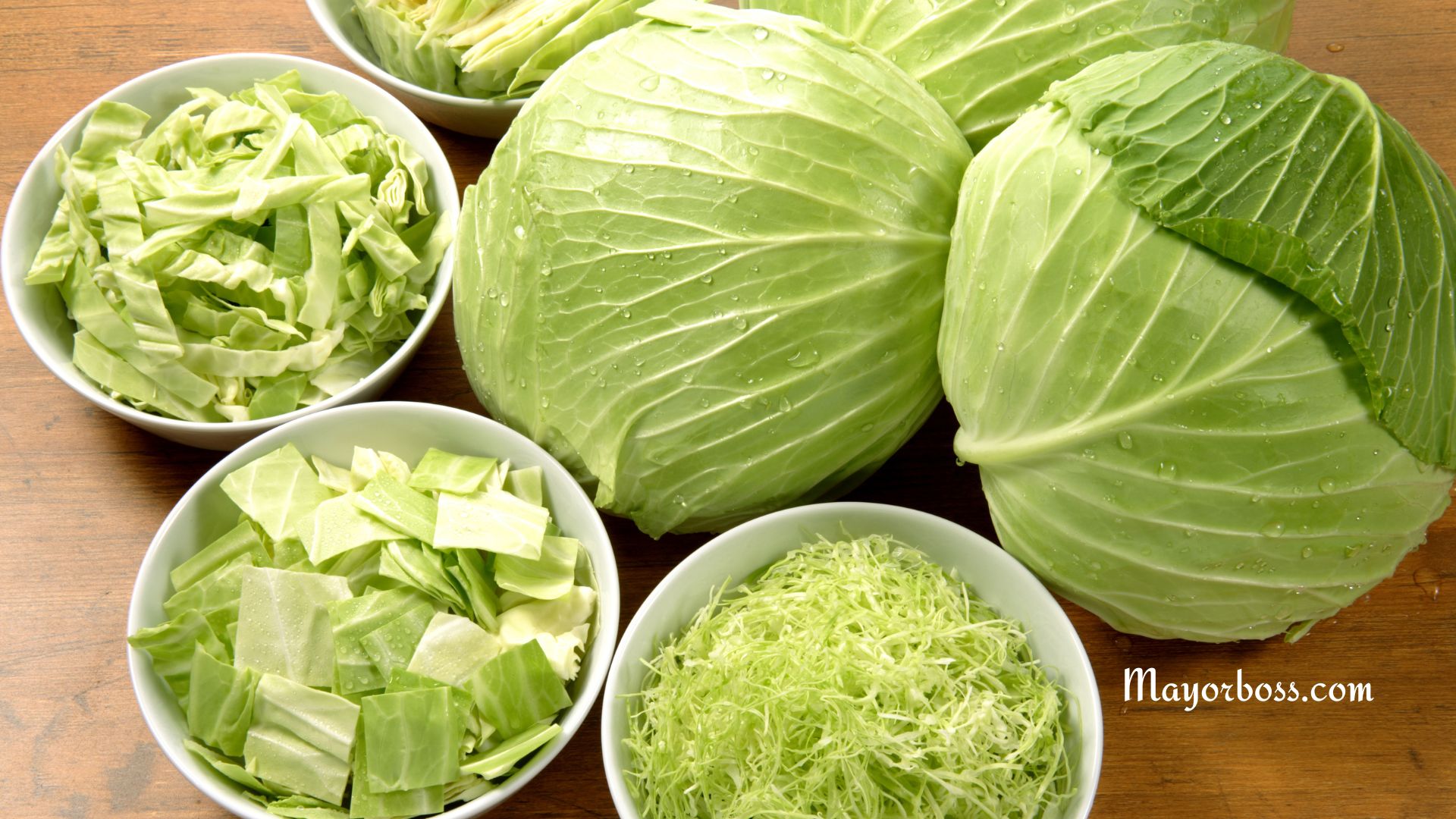What is Sugar?
Sugar, often referred to as table sugar, is the white, sweet-tasting crystals that you sprinkle on your cereal or use to bake cookies. It’s a carbohydrate, which means it’s one of the main types of nutrients your body uses for energy. Most commonly, when you talk about sugar, you’re referring to sucrose. This type of sugar comes from sugar cane or sugar beets.

Types of Sugar
There are different types of sugars found in various foods. For example, the sugar in fruits is called fructose, and the sugar in milk is called lactose. These are natural sugars. Then, you have the sugars that are added to foods to make them sweeter, like the granulated sugar you might add to your tea or the high-fructose corn syrup that’s often found in sodas and candy.
How Your Body Uses Sugar
When you eat foods with sugar, your body breaks them down into simpler sugars, like glucose, and uses them as fuel. Glucose is super important because it’s the primary source of energy for your cells, especially your brain cells. In fact, your brain runs almost exclusively on glucose.
Sugar and Your Health
While sugar makes food taste great, having too much can be a problem. If you eat a lot of sugar, more than your body needs for energy, it can lead to weight gain. Over time, this can increase your risk for health issues like diabetes and heart disease. Also, sugary foods can be really tempting, so it’s easy to eat a lot without realizing it.
How Much Sugar Should You Have?
Health experts suggest that you should be careful about how much sugar you eat. For a balanced diet, you shouldn’t have too much-added sugar—ideally, not more than about six teaspoons (for women) or nine teaspoons (for men) per day. But remember, this doesn’t include the natural sugars found in fruits and milk.
Conclusion
So, sugar is a sweet substance that your body uses for energy, but it’s also something you should enjoy in moderation.
Further Reading: Signs You’re Eating Too Much Sugar






